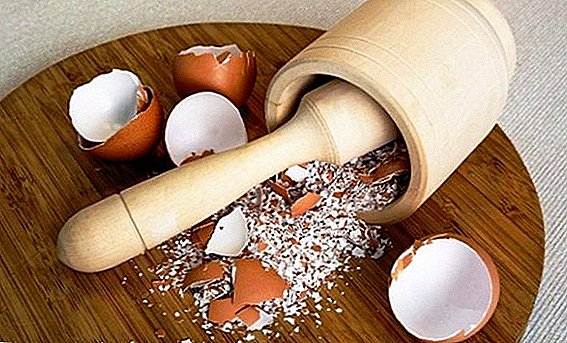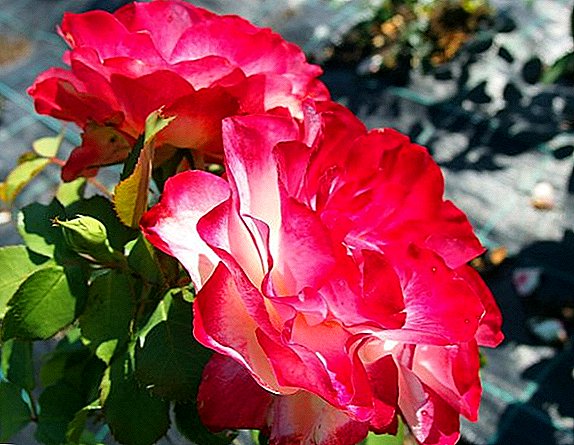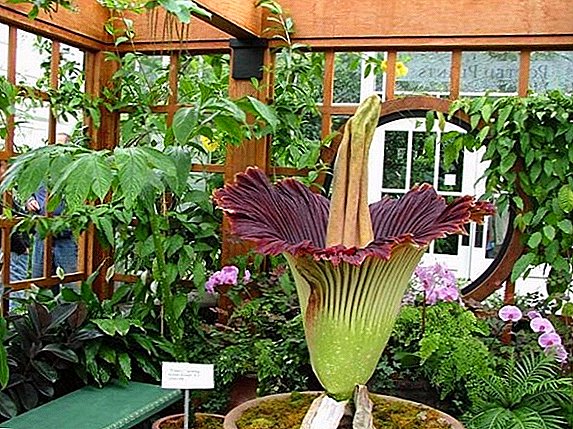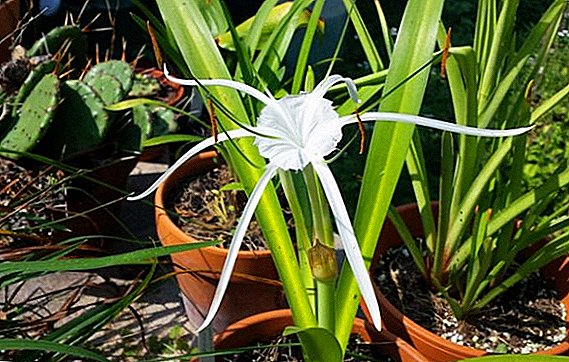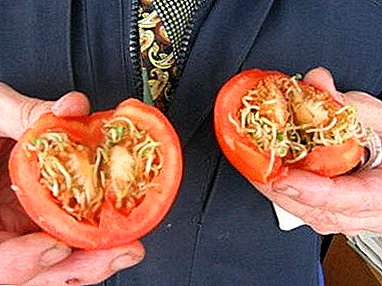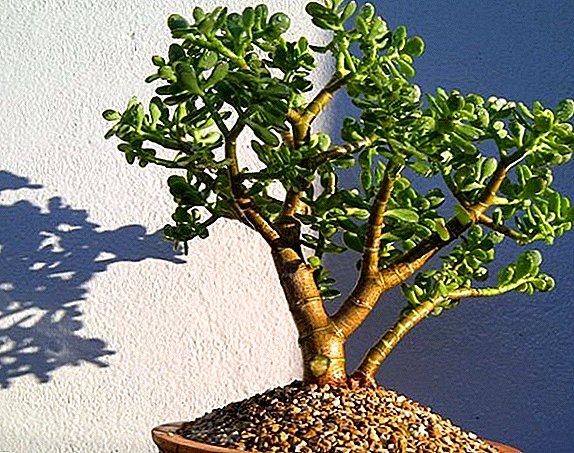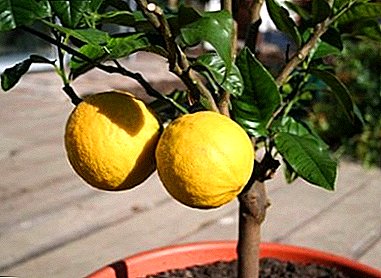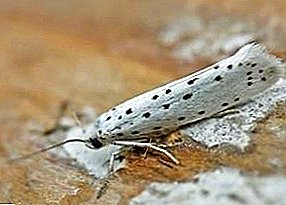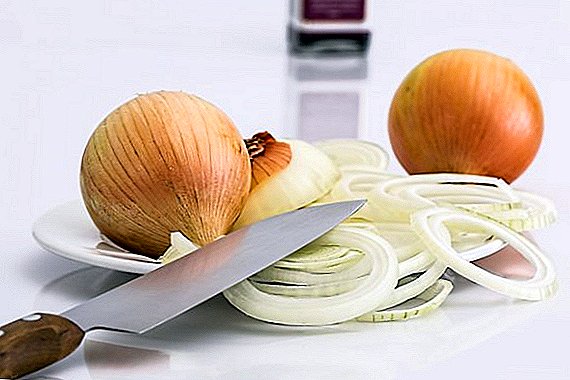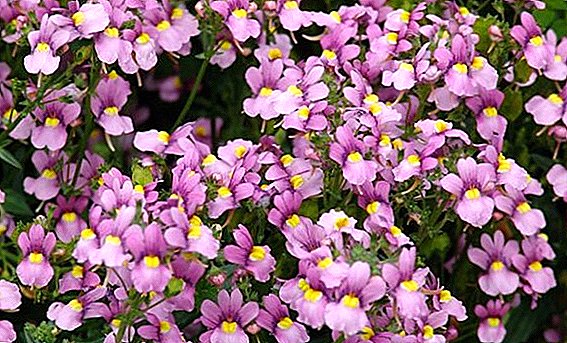 Nemesia is a very beautiful perennial flower, popular among gardeners. She will certainly decorate any flower bed. Widely used in landscape design due to its magnificent appearance and unpretentiousness. The name of the flower comes from the name of the ancient Greek goddess of retribution Nemesis. Nemesia is unpretentious in planting and care, and once looking at a photo of this plant, you will certainly want to know when it is already possible to sow seeds.
Nemesia is a very beautiful perennial flower, popular among gardeners. She will certainly decorate any flower bed. Widely used in landscape design due to its magnificent appearance and unpretentiousness. The name of the flower comes from the name of the ancient Greek goddess of retribution Nemesis. Nemesia is unpretentious in planting and care, and once looking at a photo of this plant, you will certainly want to know when it is already possible to sow seeds.
Botanical description
Annual and perennial herbaceous plants and shrubs, the genus of which has about 50 species, originally grew in South Africa, and are now distributed throughout the world.  In height, the plant reaches from 30 to 60 cm, the stem is erect. Leaflets vary depending on the variety, from linear to lanceolate and serrated.
In height, the plant reaches from 30 to 60 cm, the stem is erect. Leaflets vary depending on the variety, from linear to lanceolate and serrated.
Single flowering or forms inflorescences on the tops of the bush, then the fruit is formed - the seed box. The seeds of the plant are black in color, covered with white openwork persymyannik.
We also recommend that you familiarize yourself with the list of perennial plants that will decorate your site: gravilat, verbascum, cornflower, tuberose, sprat, doronicum, acanthus, uvulyaria.
Variety selection
Nemesia when grown from seed at home can be both an annual for planting in the garden, and perennial, if it grows in indoor conditions. Thanks to the efforts of scientists regarding the improvement and adaptation of varieties to different climatic conditions, we can now enjoy their abundance. Let us dwell on the most popular.
Did you know? The King's Robe is considered to be the most unusual variety of nemesia; the flower is painted bright red and white and resembles the flag of Denmark.
- Nemesia goiter - Annual plant with lush powerful branches. Cultivated since 1892. In height it grows up to 40 cm. At the top of the bush leaves are linear, and from the top down they get an oval shape. The flowers are irregular in shape, with a lowered shed, reaching 3 cm in diameter. The color palette is very diverse, there are both bright monochromatic and variegated flowers that bloom two weeks after sowing the seeds and bloom until late autumn.

- Nemesia hybrid - bred when crossing goiter and multi-colored species. In height it grows up to 0.5 meters, sometimes even higher. Flowering begins in June and lasts until the end of August. The flowers form raceme-like inflorescences at the end of the stems, rather large, their color is varied. This variety refers to annuals.

- Multicolored nemesia - annual herbaceous plant, differs from other varieties in its short stature (not more than 25 cm). Having carefully considered the flower, one can notice certain similarities with the zombie and hybrid nemesia, due to the fact that this plant is one of the original species.
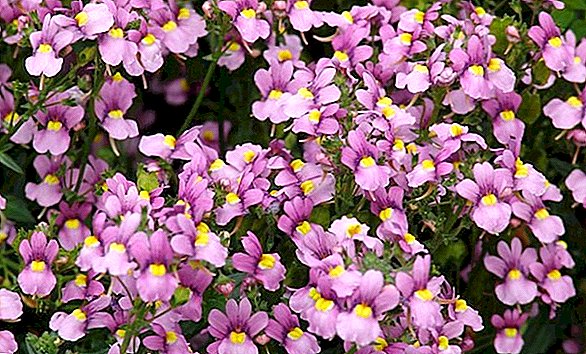
- Nemesia azure - Another variety of annual herb that is grown in our area, although it grows like a perennial in its historic homeland, South Africa. Young stems - upright, with abundant flowering descend under the weight of peduncles. The flowers are quite small, but the color palette is very diverse. There are both monophonic (blue, pink, white, blue), and two-color. A distinctive feature of this variety is a bright yellow spot on the outermost petal, which is also called the lip.
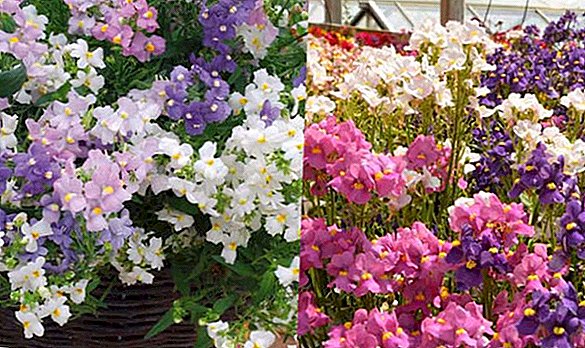
Sowing seeds of nemesia
Sowing seeds is considered the best and more productive way to plant a plant, although it also propagates by grafting.
Important! When grafting there is a high risk to deform the long roots of the flower. Therefore, experienced growers often resort precisely to sowing.
Timing
Nemesia is fairly easy to grow from seed, but you must know when to plant it. In order to please the first flowers already in early summer, it is necessary to sow them in early March.
As well as nemesia, streptocarpus, plumeria, lisianthus, aglaonema, erika, karyopteris, canna multiply by seeds.
Capacity and soil
Planting can be carried out both in open ground and grown seedlings. In the first case, you need to understand that the plant will bloom a little later.  The best option is to plant seeds in containers or pots. The shape and volume of the container does not matter. But a more favorable soil for planting should be loose and well retain moisture.
The best option is to plant seeds in containers or pots. The shape and volume of the container does not matter. But a more favorable soil for planting should be loose and well retain moisture.
Sowing
Before proceeding to sowing, the ground should be moistened well, then the seeds should be placed there and sprayed with a spray of water at room temperature. Due to the fact that the seeds of the plant are very small, it is not necessary to sprinkle them with the substrate.
Learn all the subtleties of growing seedlings in cassettes.
Necessary conditions and care
After planting the seeds in a container with the ground, leave it in a warm place for 1-2 weeks, then after germination, it is advisable to move the container to a well-lit place where the temperature will be no higher than 8 degrees, for example, a balcony.  After the sprouts have gotten stronger, it is advisable to thin the seedlings and plant them in separate pots or cups, this will facilitate the transplant. Further care is regular watering, in no case should not allow the soil to dry out.
After the sprouts have gotten stronger, it is advisable to thin the seedlings and plant them in separate pots or cups, this will facilitate the transplant. Further care is regular watering, in no case should not allow the soil to dry out.
Important! In order to ensure a long and abundant flowering, the first shoots, that is, the tops of the plant, need to be plucked.
Planting nemesia in open ground
Fallen plants are planted in open ground when the daytime temperature is kept within 15-19 degrees and there are no night frosts, presumably in late May - early June.
How to choose a place for a flower
Choosing a place to plant will not be difficult, the plant is absolutely not whimsical. In order to create the most comfortable conditions, it is necessary to plant it on a sunny, but by no means arid area.  Grassy shrub prefers well-moistened soil.
Grassy shrub prefers well-moistened soil.
Transplanting process
In order for the transplantation process to pass painlessly, it is worth planting seedlings together with an earthen clod at a distance of 15-20 cm from each other. It is advisable to mulch the soil after transplantation, it is necessary to keep moisture in the ground.
Did you know? Seeds of nemesia, when properly stored in a dry place, protected from open sunlight, retain their germination capacity for up to 2 years.This charming and, not least, unpretentious plant can be planted in flower beds, balconies, terraces and even window sills. Grassy bushes will help to create bright and juicy compositions without much difficulty.
Due to the fact that the plant reproduces very easily with the help of seeds, even an inexperienced florist can easily grow such beauty.






